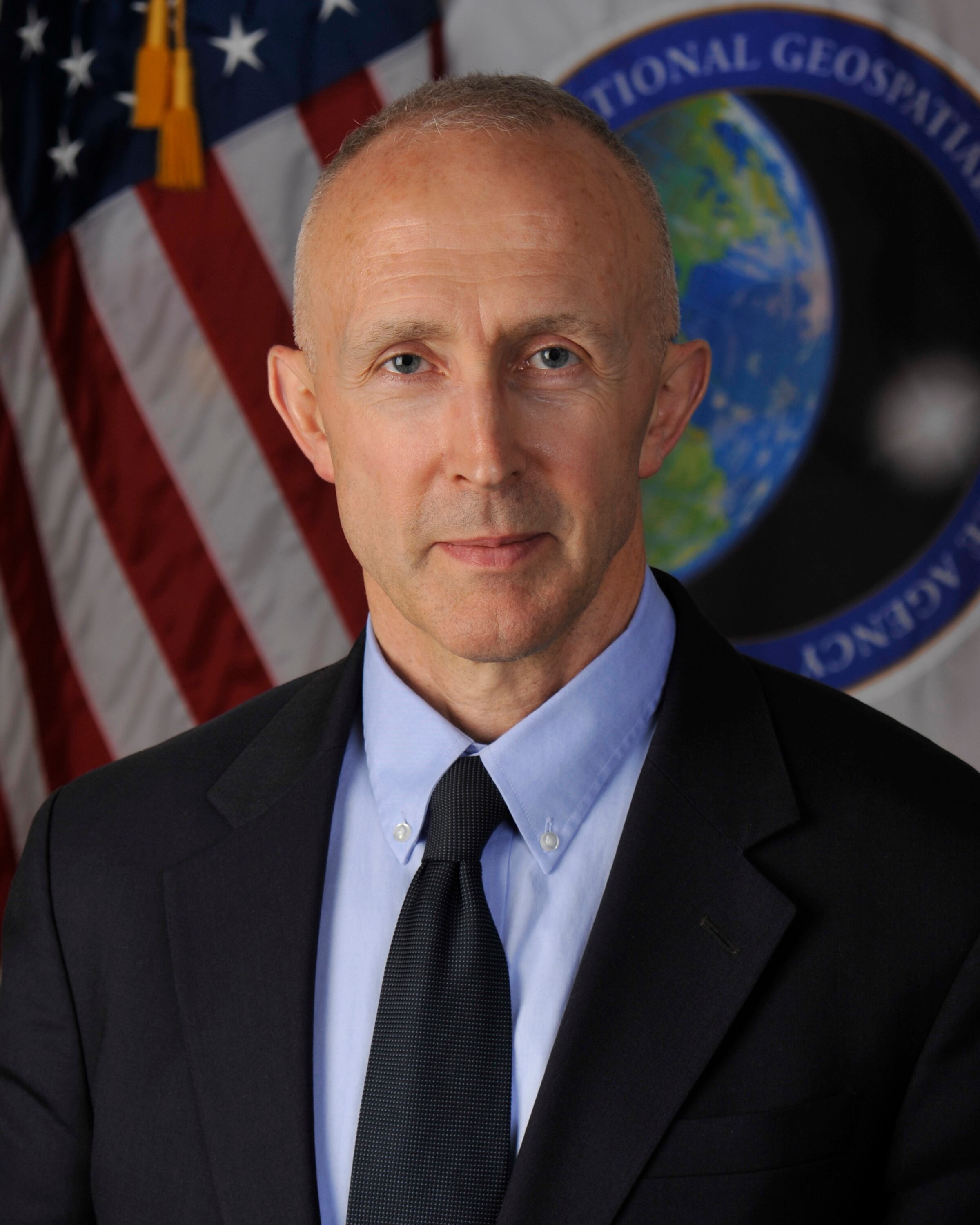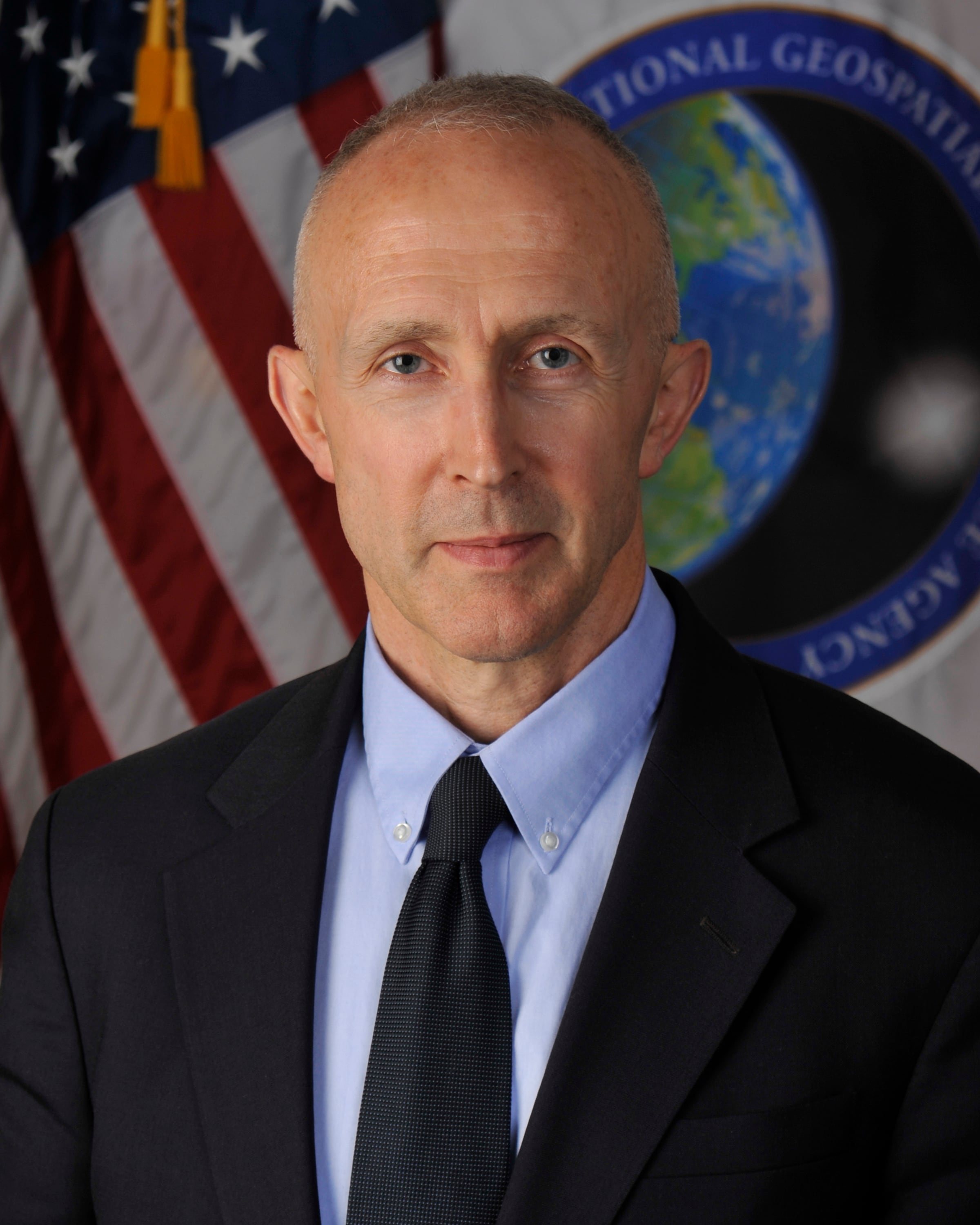It's been less than a year since Peter Highnam took over the National Geospatial-Intelligence Agency's high-tech research office, InnoVision, and already the former intelligence community official is shaking things up. Highnam is ushering in a new era with the NGA Research and Development Directorate, focusing research on seven "pods" or core areas: radar, automation, geophysics, spectral, environment and culture, geospatial cyber and anticipatory analytics.

The research pods join NGA's renewed relationship with In-Q-Tel, its Pathfinder unclassified data program and its new NGA Outpost Valley office as examples of how the agency is transforming its approach to future technologies. As the nature of combat changes and increasingly relies on intelligence in warfare, NGA too is morphing how it supports the missions of today and tomorrow.
At the GEOINT Symposium in Orlando, Florida, on May 17, Highnam sat down with C4ISR & Networks Senior Reporter Amber Corrin to talk about the changes he's leading, how the agency is pushing the cutting edge and a new link to Silicon Valley and beyond.
C4ISRNET: Director Robert Cardillo has talked up the efforts you're putting into transforming research and development (R&D) at NGA. Give us a general idea of what you're working on at NGA right now.
PETER HIGHNAM: I came over from [Office of the Director of National Intelligence], and my job is to make two changes. One is at the corporate level to get R&D recognized as a strategic priority, and that was achieved back in February. Along with that was the permission to go ahead and make the changes in the old internal R&D group, which is really some research but much more applied development and advanced development work, and change that to a research operation. It was also very inward-focused — and I came from the [advanced research projects agencies at the Defense Department and in the intelligence community], and at DARPA or IARPA you don't do any research in-house, you fund others. So here's an organization where we have a mix; some things we'll do in-house, and we have a lot of very good people and other things we'll go outside or work with the ARPAs too, using their work. So it's a different way of thinking.
Another distinction I make is that the ARPAs don't have an operational mission: They exist to create technology, get the science done, prove things work and then transition those results to a place like NGA. So we get to catch those results, then turn around and add the other things we need to do and get it across into the mission. Again, outward-focused. And DARPA's public budget is $2.8 billion, so that's real money.
The research directorate is now up, with the research structured into the seven areas or pods. I wanted to change the structure; I wanted someone to lead a pod who's going to be a mentor, who is technical or was technical, who isn't going to be competing with people in the pod. The job is to mentor, help get resources, be the shill — get out there and make the connections to make things happen.
C4ISRN: "Pods" must be a new concept for most people. Can you explain how they work and what's happening there?
HIGHNAM: Each of the pods represents a cluster of different types of things. There were some national academy reports on geoint R&D and also internally we asked bottom up, inside NGA: What ideas do we have and what hard problems should we be working on? What kind of research attacks do we have on those things? So bring those together with the [intelligence community, or IC] R&D commission, other inputs from around the IC, and we distilled those into the seven areas.
If you look at them, radar and spectral are the two more traditional things you'd expect. Automation is a recognition that the only way we're going to deal with the volume of data that we're already receiving — not just from above but from all sources. Automation is the only way we can manage that. Some things are in place; there are things on the exhibit floor [at the GEOINT Symposium] that you can go and see, but we still have to get them into practice and we still have to add value to them. One of the things I've been saying is those [commercial] tools are available to anybody in the world to buy. So part of the strategic research we have going on is to allow for differentiation from others. Some things we will do first, or we will know how well something works before other people do to ensure we have an edge. In some cases the way the ARPAs work actually is they apply money and focus and they drive the technical field in a new direction to achieve some results agencies can then buy as products or services.
Automation is clearly front and center for the agency, and we have to be helping to support that. In terms of high-performance computing…look outside at the Facebooks and the Googles, at how much computing power they apply to things and the storage. It dwarfs us. My personal background is in high-performance computing, and I want to step up what we do there and see what new things we can achieve.
C4ISRN: And in terms of achieving new things, what are some of your goals?
HIGHNAM: NGA has a strategy, so we're aligned with that. There are things coming that we can see — this volume issue, of the variety of data or the veracity of the data. Those are things we need to go after so that by the time the development teams start to think about the engineering activity, we've already shaped what needs to be done. The goal is to be ahead of it.
It gets complicated because, for example, IARPA has a number of technologies directly relevant to us. If I want to bring that technology across and maybe add some things or work with it a bit, and then get it across into the mission inside NGA, that's an example where we're not doing or commissioning the research. We're a transitioning partner to take something across and develop somewhere else. Other times research will be done in-house for specific areas.
I like to use the quote from Bill Joy from Sun Microsystems: "It doesn't matter where you work, the smart people work elsewhere." True, right? So we have mission areas where we have great technical bench strength so we should be the leaders and we expect things to be in-house. But the ARPAs are a good source. [Commercial industry] is a great source.
The only way I've seen technology transition to practice reliably, repeatedly, is where you move people with the technology. So we're going to be giving resources — people, funds — to technologies and having those people move to be the champions of that technology somewhere else at NGA and to take it into practice. We're not going to do development work inside the pods. We have so many places at NGA that are good at development.
C4ISRN: You're heading up the NGA Valley Outpost, sort of the IC version of the Pentagon's Defense Innovation Unit Experimental. What's job No. 1 in getting that rolling?
HIGHNAM: As an R&D guy I have the easy part of innovation because it's coming up with and producing technology and science. The hard part of innovation is making a place for it to land, and innovation is more often about tradecraft and culture change than it is about a specific technology.
When you're working on new things, working with companies or schools that don't normally work with the government, it's personal relationships. So the idea is to get a footprint out there in Silicon Valley and to get to know people. It'll be a small staff for us, no physical footprint…we'll be working with DIUx and other places out there too. And we'll have analysts and developers going in and out as needed on specific projects.
The immediate piece is the logistics and mechanisms of it, to make sure we can do this. It's not like moving someone in a big company, sending them to live in San Francisco and you have the flexibility to ensure they can be there and you won't lose money. As a government entity, that's one of the issues we have to solve up front just so we can afford to give our people the opportunity to do a tour in this function. It's scouting, it's relationship-building, it's coding and development, some analytics…completely in the open with people who are already there.
The director has talked about the Cortex Innovation Center in St. Louis. It's a classic incubator kind of place, very open, very flexible. That's a good example. But also you can look at Boston, Seattle, Austin, the research triangle area of North Carolina — there are a lot of places to get into [and break outside the Beltway]. We'll get there….one at a time.








